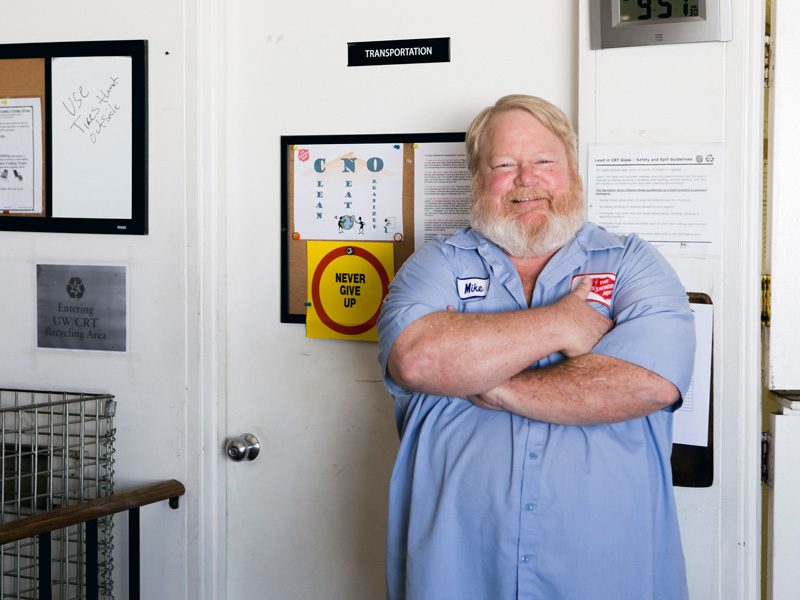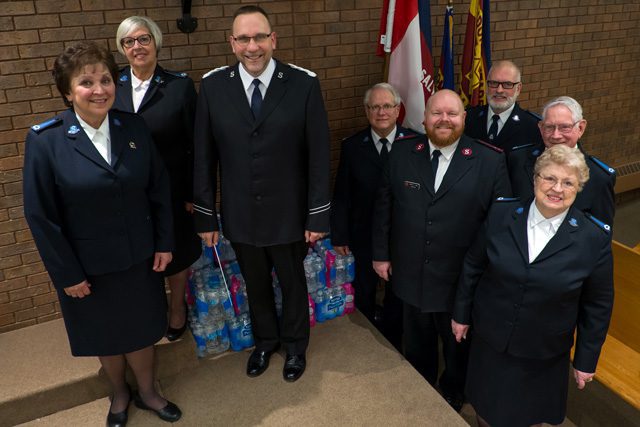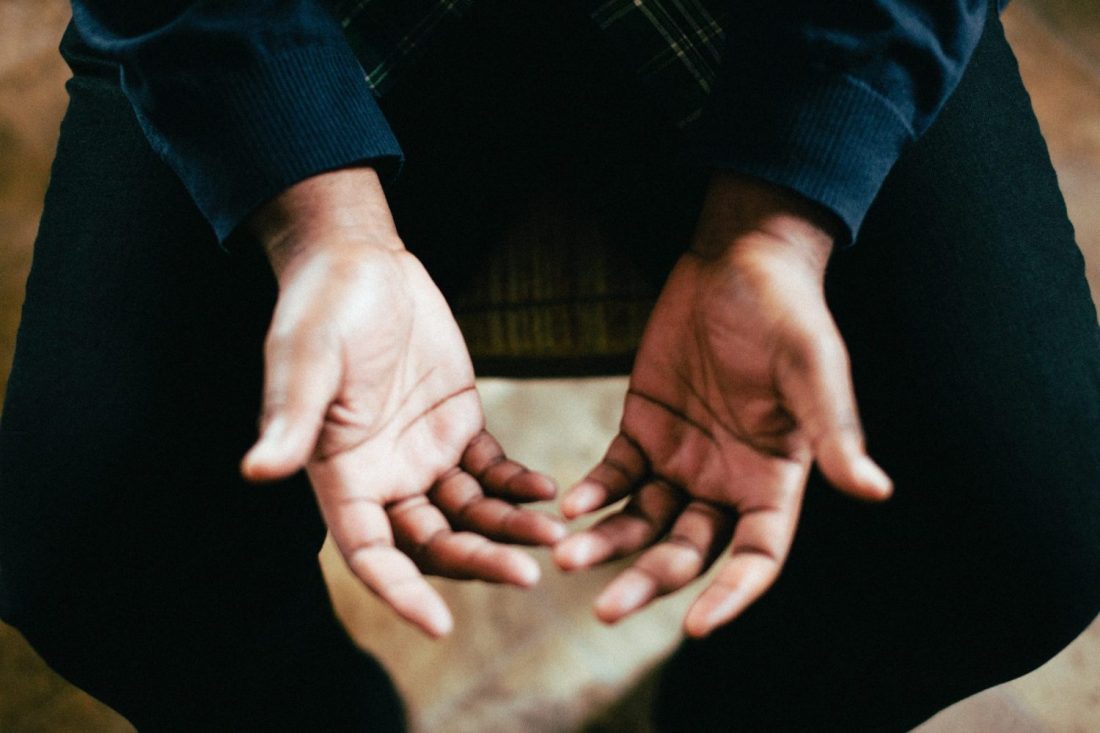
Mike Beaudreau starts his day on the docks of the warehouse in Anaheim, Calif., at 6:30 a.m. He checks the trucks, and looks over 14 routes his drivers will take that day to pick up goods donated to The Salvation Army—an average of 300 stops throughout Orange County.
“I’m the guy you call when you need something done, or when you have a problem,” said Beaudreau, transportation supervisor, who has worked at the Anaheim Adult Rehabilitation Center (ARC) for more than 20 years. “I’ve been around so long and overseen so many aspects, I think I’ve seen it all.”
He’s a model of success for the center, which processes goods in its 100,000-square-foot warehouse and sells an average of $950,000 in goods per month through its nine area family stores. In turn, the operation funds a residential recovery program for 170 men and women.
The Anaheim center is one of 141 centers across the United States, all of which sift and sort the public’s donations that are then sold in 1,226 family stores nationwide. Last year, the stores recorded nearly $626 million in sales to the public, according to the Army’s 2015 annual report—money that in turn funds a cost-free, biblically based six-month program to overcome addiction for more than 200,000 people a year.
Beaudreau started as a beneficiary, court-ordered to rehabilitation with The Salvation Army.
“I was pretty mixed up and messed up, and The Salvation Army saved my life,” he said. “I learned to suit up and show up—to go to work every day and give 100 percent. I learned to be respectful and respected.”
[button color=”white” size=”normal” alignment=”center” rel=”follow” openin=”samewindow” url=”https://www.caringmagazine.org/sustaining-recovery/”]Read the full story of how thrift sales fund rehabilitation through The Salvation Army across the U.S.[/button]
















